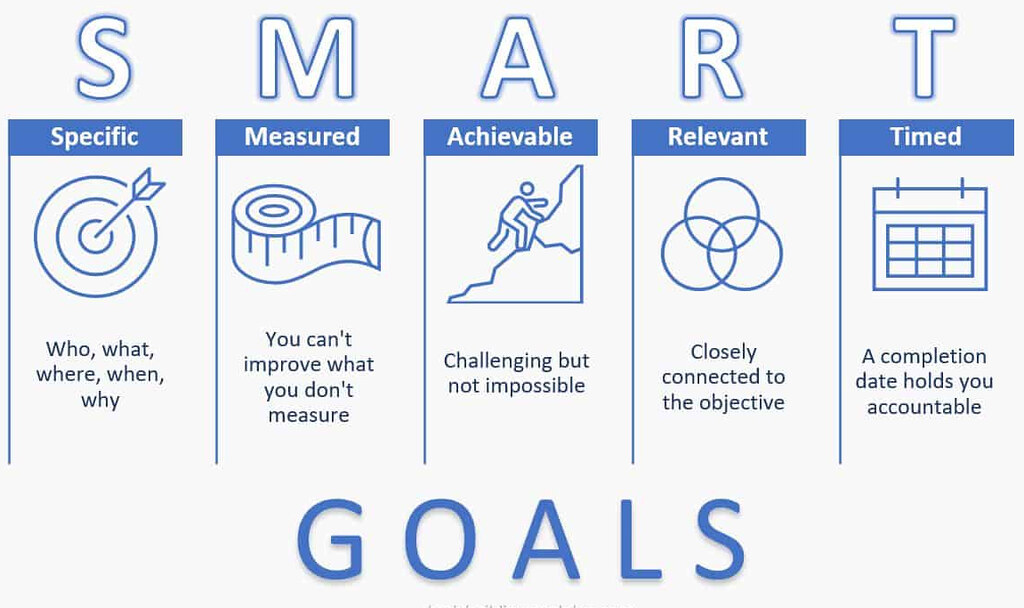2 Part 1: Preparing for On-Site Engagement
Ezenwayi Amaechi Ejiribe; Jonathan Noel; and Sara Namazi
1. Preparing for Applied & Integrative Learning
- Resume and Cover Letter: It is important to note that some community partners may require resumes and cover letters. It is strongly recommended that you update your resume, ensure it is current, and tailor both your resume and any required cover letter to each opportunity if you are reaching out to more than one potential community partner.
- Take advantage of university resources. Many universities have career services staff members who might provide resume and cover letter review and/or support, and who may be able to assist with some or various aspects of the preparation process. If your university has a Career Services department or office, contact them to inquire. If you’re not sure if or what types of Career Services are available, ask a faculty or staff member you trust.
- Try free templates and review examples. Free resume and cover letter templates can be found by searching online, and some programs (like Google Docs and Microsoft Word) have them built in.
- Interview Skills: Some community partners may also require that you interview with them. It is recommended that you practice your interview skills, focusing particularly on how to articulate your academic and/or past professional experiences, and how you might apply them to real-world scenarios.
- Take advantage of university resources. Again, many universities have career services staff members, who may be equipped to help you practice your interview skills. If your university has a Career Services department or office, contact them to inquire. If you’re not sure if or what types of Career Services are available, ask a faculty or staff member you trust.
- AI interview practice. Artificial Intelligence chatbots like ChatGPT can be a useful resource for practicing answering interview questions. It may be helpful to find out if your institution has use police for Artificial intelligence and follow it. This Harvard Business Review article is an example of the guidelines that are available to support you if you choose to utilize AI in this way
- Professionalism: Professionally conducting oneself in their chosen field, including dress code, communication styles, and workplace etiquette, is always expected, but especially during your applied learning experiences with community partners. You should check with your site to confirm any possible dress code before your first engagement.
- Logistics: Working and learning on-site may require you to consider travel and other logistics, enabling you to arrive on time and be a fully effective participant. For example, it may be helpful to research routes to your site, be prepared by having transportation options or apps available, plan for your on-site schedule and prepare meals and other supplies if needed, review any dress codes, conduct, or other site requirements, etc.
2. Setting Clear Goals
-
- Identify Learning Experience Objectives: If you are personally invested in your applied and integrative learning experience, you will gain even more from it. One of the best ways to become more invested is to identify what you would like to achieve by the end of your learning experience. Your objectives could be to develop specific skills, gain industry knowledge, or make professional connections, for example.
- SMART Goals: Based on your Objectives, it is recommended that you set SMART – Specific, Measurable, Achievable, Relevant, and Time-bound – goals to track your progress throughout the applied learning experience. For example, if one of the objectives you have for your applied learning experience is to be able to design communications strategies for specific populations, your goals for your on-site experiences each week should describe what you need to accomplish each week to move toward achieving that objective.

Image Source: https://www.flickr.com/photos/agirregabiria/51807624244
- Resources for Setting Objectives & Goals:
- This website explains what SMART goals are and how to set objectives and SMART goals, with examples.
- One concrete example is if your objective was to become a better long-distance runner. In this case, your SMART goals might be things like, “Run x4 8-10 mile runs this month,” “Incorporate 12-15 hours of weight training into my fitness routine each month” “Consume at least 100g of protein for at least 5 out of 7 weekdays, for the next 6 weeks.” and so on.
- This website explains what SMART goals are and how to set objectives and SMART goals, with examples.

